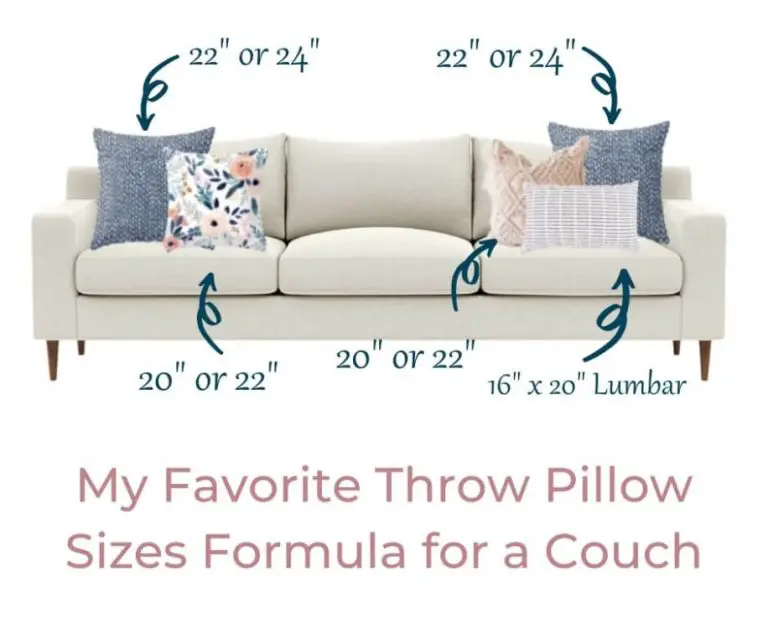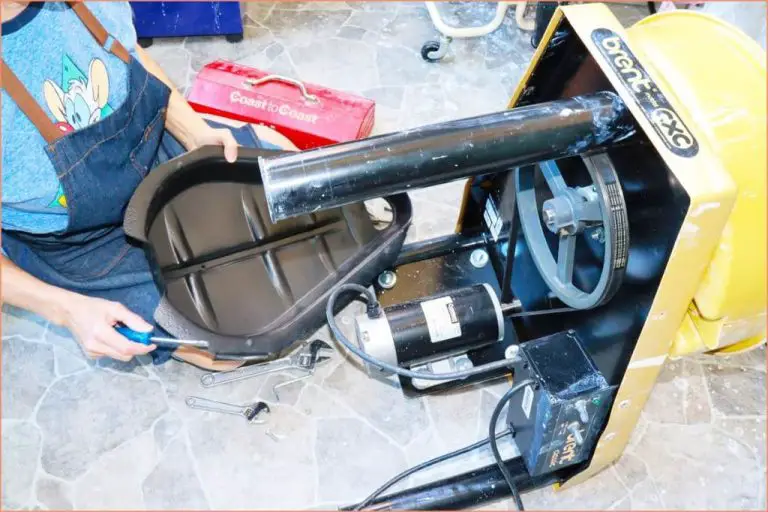How Does The Pump Work On A Soap Dispenser?
Soap dispensers are devices that automatically dispense soap in a controlled manner when activated, usually by the push of a lever or a sensor. Soap dispensers are an efficient and hygienic way to provide soap in public restrooms, healthcare facilities, schools, restaurants, and other settings. Their purpose is to allow people to easily wash their hands with soap and water to remove dirt, prevent the spread of germs, and maintain good hand hygiene.
Soap dispensers improve hand hygiene over using a shared bar of soap. They dispense a pre-measured amount of liquid or foam soap to reduce waste. Most modern dispensers are designed to be hand-free to further improve hygiene. There are many types of soap dispensers for various settings including wall mounted dispensers for public restrooms, countertop dispensers for home use, and portable dispensers for travel.
Parts of a Soap Dispenser
A soap dispenser has three main parts:
Container
The container holds the liquid soap or hand sanitizer inside the dispenser. It is usually made of plastic or metal. The container may be refillable by opening a lid or replacing an inner cartridge. Its size and capacity can vary.
Pump Mechanism
The pump mechanism pulls the soap from the container and dispenses it. There are a few common types of pump mechanisms used: piston pumps, bellows pumps, and impeller pumps. The pump is attached to the nozzle.
Nozzle
The nozzle is the spout where the soap comes out of the dispenser. It may be covered by a cap when not in use. Nozzles can be designed to dispense foaming or liquid soap.
Pump Mechanisms
There are several different types of pumps used in soap dispensers:
Soap dispensers often use a type of pump called a liquid piston pump. This type of pump uses a piston that moves up and down inside a cylinder to draw soap up through a one-way inlet valve on the downstroke. On the upstroke, the soap is pushed out through an outlet valve.
Another common type of pump is a bellows pump. This type of pump uses an accordion-like flexible chamber that expands to draw up soap and contracts to push it out of the dispenser.
More advanced soap dispensers may use electrically-powered pumps. These can be motor-driven piston pumps, peristaltic pumps that use rotating rollers to push soap through flexible tubing, or diaphragm pumps that use a vibrating diaphragm to create suction.
Foam soap dispensers contain specialized two-component foam pumps. These pumps combine soap with air to generate a rich lathering foam.
How Soap Dispenser Pumps Work
Soap dispenser pumps use sealed mechanisms to dispense soap in a controlled quantity. The soap is housed in a reservoir and dispensed through tubes powered by mechanisms like piston pumps, vacuum pumps, bellow pumps or peristaltic pumps.
Piston pumps utilize a piston that moves up and down inside a cylinder to generate suction that draws soap from the reservoir up through a one-way inlet valve into the pump chamber. When the piston moves down, it pressurizes the soap and forces it out through a one-way outlet valve and dispensing nozzle.
Vacuum pumps work by using the force of compressed air to create suction that draws soap into the pump chamber from the reservoir. When pressure is released, a spring forces the soap out of the nozzle. Bellow pumps use an accordion-like neoprene bellows chamber instead of a piston to create the pumping action.
Peristaltic pumps use rotating rollers that compress tubing connected to the soap reservoir in a wave-like motion to push the soap through the tubes and out of the nozzle. This creates positive displacement pumping without valves.
The pump mechanisms generate the controlled suction and pressure differentials needed to draw soap from the reservoir and dispense it accurately. The inlet and outlet valves ensure one-directional flow while preventing soap from flowing back into the reservoir.
Advantages of Different Pumps
There are several types of pumps used in soap dispensers, each with their own pros and cons.
Manual pumps are the most basic type. They require the user to physically push or pull the pump to dispense soap. The main advantages of manual pumps are that they are inexpensive and simple to operate. However, they can be messy if handled poorly and require the user to touch the pump, which reduces hygiene. Examples of manual pumps include push-pull, tip pumps, and disc top pumps (Chinasoapdispenser.com).
Electric automatic pumps use sensors to detect the presence of hands and dispense soap automatically. They are more hygienic since the user doesn’t have to touch anything, and convenient since no effort is required to dispense soap. However, they require batteries or electricity to operate, increasing costs. Motion sensor and infrared sensor pumps are common electric automatic pumps.
Air pressure pumps use air pressure created by a spring-loaded mechanism or flexible chamber to push soap through the nozzle when a button is pressed. They provide a good balance of affordability, hygiene, and easy operation. But air pressure pumps may require more maintenance and be prone to leakage over time (Tramcokitchenandbath.com).
Peristaltic pumps use rotating rollers to create suction that draws soap from the reservoir. They provide precise soap dosing and low risk of contamination. However, peristaltic pumps tend to be more complex and expensive.
By understanding the advantages of each pump type, consumers can select the right option based on their priorities like cost, ease of use, hygiene, and maintenance.
Maintenance
Regular maintenance is crucial for keeping soap dispensers functioning properly and reducing the spread of germs. Here are some tips for cleaning and repairing soap dispensers:
Cleaning soap dispensers should be done at least once per week. Use a disinfectant or antimicrobial cleaner and a damp cloth to wipe down all surfaces of the dispenser, including the pump mechanism, spout, and soap reservoir. Make sure no soap residue or dirt builds up.
Check for leaks, cracks, or malfunctions with the pump while cleaning. Replace parts like seals or tubing if worn out. Refer to manufacturer guidelines for repair instructions. For electric dispensers, inspect batteries and connections (Source 1).
Prevent soap buildup in the spout by periodically flushing it with hot water. Soap scum provides an environment for germs to grow (Source 2). Wipe down refill containers before refilling to avoid contamination.
Educate staff on proper use and monitoring for maintenance needs. Post instructions for reporting issues promptly. With regular cleaning and repairs, soap dispensers will function optimally.
Troubleshooting
Soap dispensers can run into issues over time that prevent them from working properly. Here are some of the most common troubleshooting tips:
If the soap dispenser is not dispensing anything, the first thing to check is whether the batteries need replacing. Over time, batteries can lose power and need to be swapped out for fresh ones. Make sure the batteries are inserted correctly in the battery compartment as well.
Clogged pumps are another common issue, especially when using thicker soaps or lotions. If the soap/lotion is not coming out, remove the pump mechanism and rinse it under warm water to clear any buildup. It can also help to dilute thick formulas with a bit of distilled water to thin them out [1].
For touchless automatic dispensers, dirty sensors can stop them from activating when hands are waved underneath. Clean the sensor window gently with a soft cloth. Make sure no water gets inside the electronics.
If the pump spring gets worn out over time, it may need to be replaced. Springs lose their tension and cannot push the pump properly. Install a new spring of the same size to get the dispenser working again.
Lastly, soap scum buildup in the nozzle can prevent proper soap flow. Unclog the nozzle using hot water and a pin to clear any obstructions.
Innovations
Soap dispenser technology has evolved significantly in recent years, with companies introducing various new designs and features. Some key innovations include:
Touchless Dispensers
Touchless soap dispensers utilize infrared sensors or other automatic mechanisms to detect hand presence and dispense soap without needing to push a lever or pump. These help promote better hygiene in public restrooms.
Improved Pump Designs
New pump designs help reduce the amount of wasted soap and prevent clogs or leaks. Some have one-way valves, precisely engineered chambers, and optimized tubing for smoother dispensing.
Locking Mechanisms
Locking pumps that can only be triggered by authorized personnel help prevent theft and tampering in public restrooms. Keyed, combination, or RFID locks authorize soap dispensing.
Customizable Soap Options
Some dispensers allow custom soap formulas, scents, and viscosities. Users can select specialized soaps for hand washing versus dish washing.
Convenient Refill Mechanisms
Easy refill designs help maintain hygiene. Some pumps detach from bottles, or have tubes that allow soap refills without opening the dispenser housing.
Usage Monitoring
Smart dispensers can now track soap usage and send alerts when a refill is needed. This allows for more efficient maintenance.
Environmental Impact
The environmental impact of soap dispensers is a growing concern as hand hygiene practices increase. Disposable soap dispensers made of plastic contribute to plastic pollution and landfill waste. According to one source, plastic dispensers are made from crude oil, a non-renewable resource that is environmentally harmful to manufacture (https://tiny-waste.com/environmental-impact-of-hand-soap-and-sanitizer.html).
Refillable dispensers are more sustainable, but they carry contamination risks if not properly cleaned between refills. One study found bulk refillable dispensers had higher bacteria counts compared to sealed disposable soap containers (https://www.gojo.com/en/Newsroom/Blog/2023/Proven-Risks-of-Refillable-Soap-Dispensers).
To reduce environmental impact, look for plant-based and biodegradable soaps and dispensers made from recycled materials. Be sure to follow hygienic refilling protocols. Consumers should also use only the soap needed, and recycle empty dispensers when possible.
Conclusion
Soap dispensers provide an easy and efficient way to dispense soap without having to touch the soap bar directly (https://loyalhygiene.com/importance-of-hand-soap-dispensers-at-work/). They are an important tool for maintaining proper hygiene, especially in public places like restrooms and kitchens. The no-touch design reduces the spread of germs from multiple people handling the same soap bar. Using soap dispensers, whether manual or automatic, improves handwashing compliance as they make it quick and simple to access soap (https://vareesha.com/blogs/news/why-is-a-soap-dispenser-very-important-for-a-bathroom). Overall, soap dispensers are an essential component in infection control and promoting good hand hygiene.
In summary, soap dispensers provide sanitary, convenient access to soap while controlling usage and waste. Their growing prevalence in public and commercial spaces underscores the importance of proper hand hygiene for public health.



